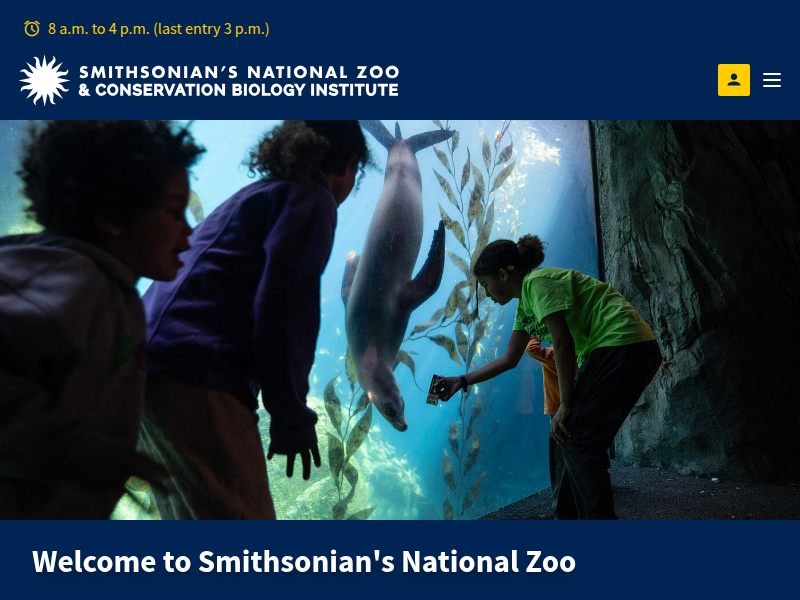A Quack-filled Roll Call: Meet the Ducks of the Bird House | Smithsonian’s National Zoo and Conservation Biology Institute https://nationalzoo.si.edu/animals/news/quack-filled-roll-call-meet-ducks-bird-house
On March 13, the newly renovated Bird House’s doors will flap open, welcoming guests with a chorus of chirps, tweets and quacks. Yes, quacks! Get to know the 11 lucky duck species in the Bird House from animal keeper Jen Ferraro.
While visitors will have a chance to see and hear ducks throughout the Bird House

